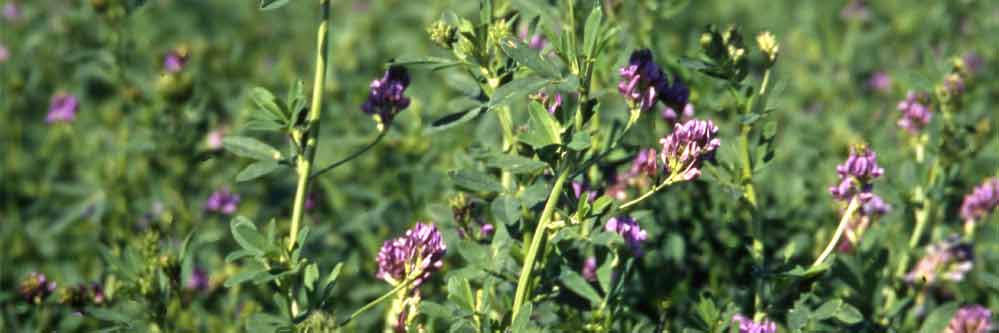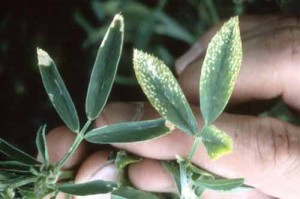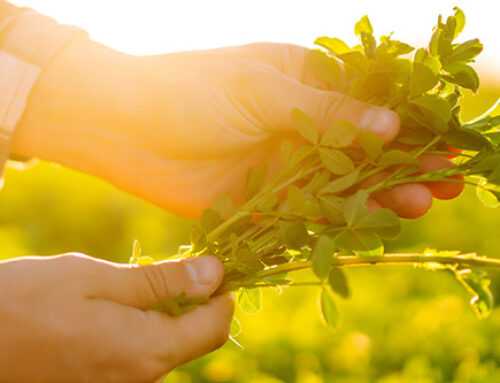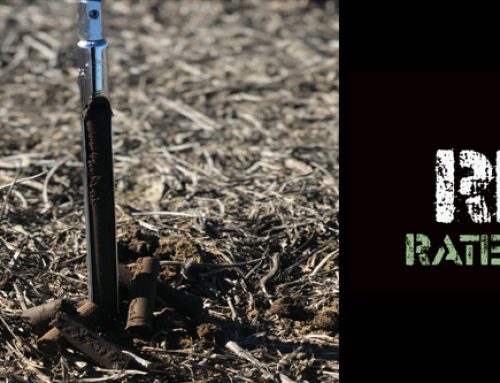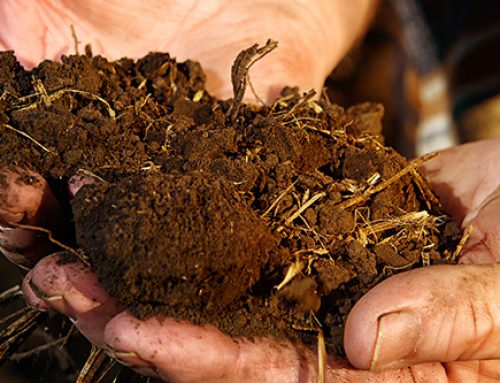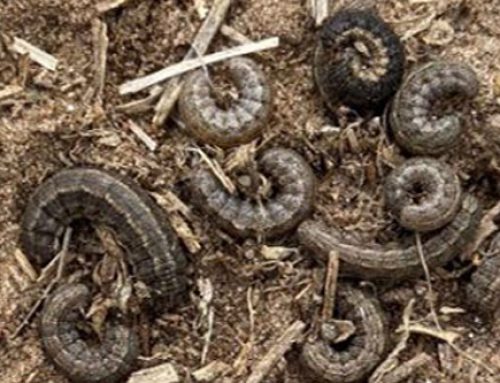Alfalfa continues to be a valuable commodity across the country. Producing enough quality alfalfa to meet the needs of the beef and dairy industry has been a challenge, especially during the dry years we have experienced lately.
In order to maximize forage production, alfalfa needs to be properly managed for pests, water and fertilizer. Sometimes one of the overlooked fertility inputs is potassium (K). Alfalfa is a heavy user of potassium. In fact, alfalfa uses upwards of 50-75 pounds of potassium per ton of dry matter. For an 8-10 Ton/Acre yield goal, that’s a huge amount of potassium.
Potassium is important for good plant growth, stand longevity, winter hardiness, and movement of water and food throughout the plant.
Soils with higher clay content are capable of supplying a good portion of the potassium needed by the alfalfa plant. In many cases, enough K is inherent in the soil to supply all the plants needs for the life of the stand. But in sandier soils, this may not be the case. A soil test will reveal whether the addition of K fertilizer is necessary.
Trying to maintain an adequate level of potassium in the soil during the life of the hay stand can be tough, especially after the first year or two of production. Once soil test K values start to drop, they tend to drop rapidly, and the amount of K fertilizer needed to meet the needs of the crop can increase dramatically. It is important to try to stay ahead of this by adding K fertilizer early in the life of the hay stand, especially in sandier soils.
Alfalfa tends to be a luxury user of potassium as well. If you feed it, it will use what you give it. That creates an issue when trying to determine how much K fertilizer is actually needed to maximize production without wasting fertilizer dollars. One solution is to split apply potassium, and rely on timing to reduce overall K fertilizer amounts. This does require additional application costs, but since the price of K fertilizer has sky rocketed the last 10 years, the additional application costs may be well worth the effort.
If you have been curious why your alfalfa may not be growing the way you think it should, check out your K levels. We can help you diagnose your fertility needs, and recommend a nutrient program that will maximize your production, and utilize your fertilizer dollars in an efficient manner.
